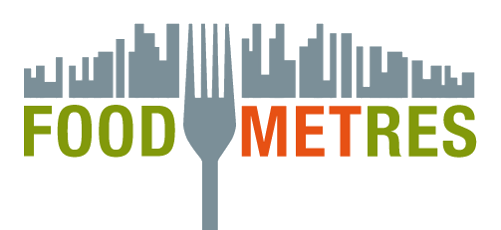Metropolitan Economic Food Profiles
Several processes have been affecting the structure of an agro-food system, finally widening the gap between a possible territorial reconnection of production and consumption. In this perspective it is crucial investigating the capacity of agricultural systems in complying with the regional demand for food.
The Metropolitan Economic Food Balance is aimed at this and at understanding how economic dimensions of agricultural systems are linked one another into a complex structure. Based on the calculation of quantitative elements expressing the relation between food production and consumption at staple food level, such an approach reveals the chances of getting them closer and serves as a tool for the assessment of performances of regional agro-food systems. To better understand the role of each staple food category, two complementary components, namely i) agricultural economic balance at production-level and ii) the market orientation, are used as a conceptual framework for their classification, indicating their economic positioning.
Similarly, the simultaneous analysis of these aspects at regional level allows drawing the overall economic performances of the system. On one hand it is reflected the level of food production efficiency, that indicates how much the value originated from food productions only exceeds the demanded; on the other hand, each regional agricultural system is characterized by its respective economic viability, originated from agriculture as a whole (food and non-food production).


